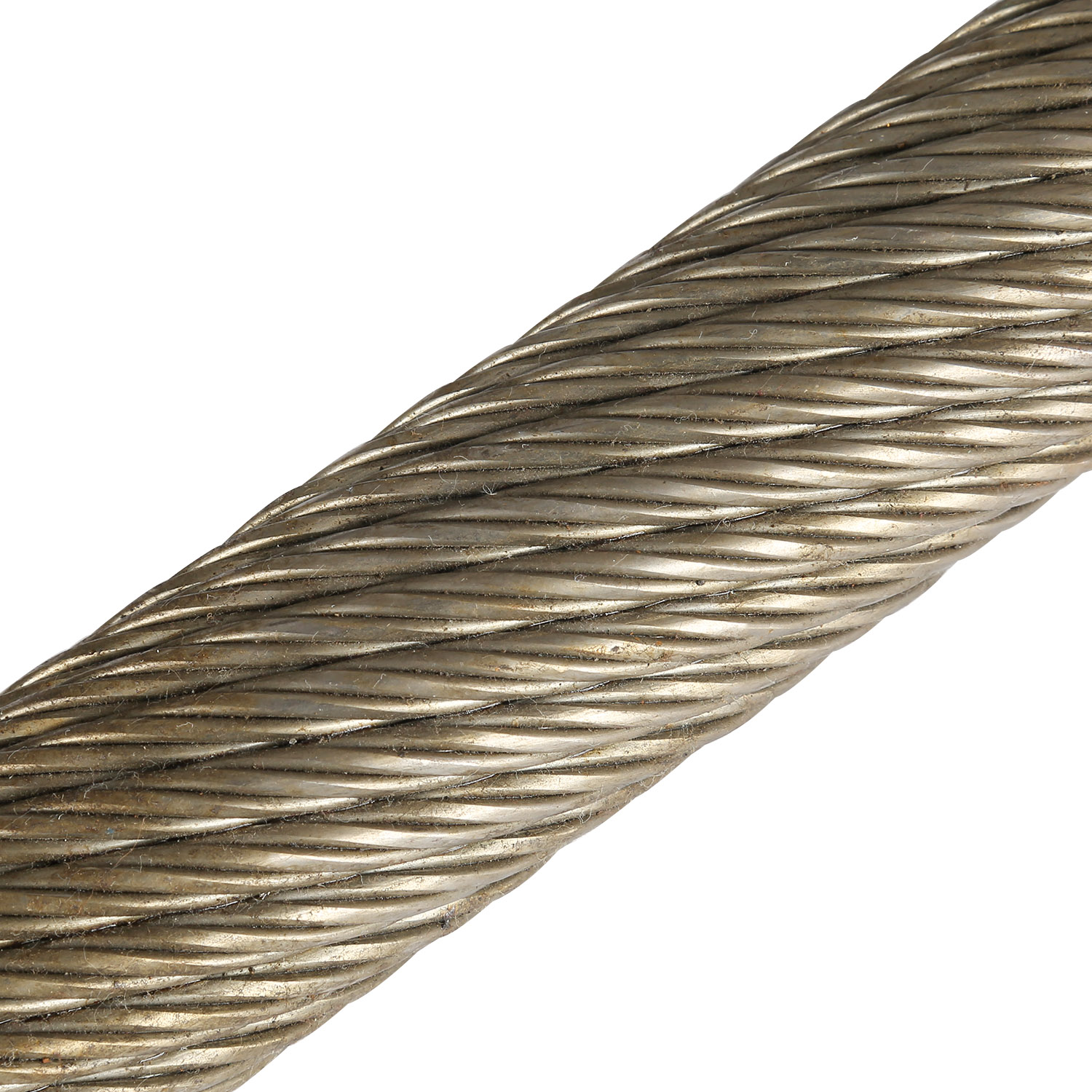Table of Contents
Proper Excavator Operation Techniques
Excavators are powerful machines used in construction, mining, and other industries to dig, move, and lift heavy materials. Proper operation of an excavator is crucial to ensure Safety, efficiency, and productivity on the job site. In this article, we will discuss some key techniques for operating an excavator effectively.
First and foremost, it is essential to familiarize yourself with the controls of the excavator before operating it. Each excavator model may have slightly different controls, so it is important to read the operator’s manual and receive proper training before using the machine. Understanding how to operate the boom, arm, bucket, and tracks of the excavator is crucial for safe and efficient operation.
When operating an excavator, it is important to maintain proper posture and positioning in the cab. Sit with your back against the seat and your feet firmly on the floor. Keep your hands on the controls at all times and avoid leaning or reaching while operating the machine. This will help you maintain control and reduce the risk of accidents.
Another key technique for proper excavator operation is to plan your movements carefully. Before starting a task, assess the work area and plan the best approach for digging, lifting, or moving materials. Avoid sudden or jerky movements with the excavator, as this can destabilize the machine and increase the risk of accidents. Smooth, controlled movements are essential for safe and efficient operation.
When digging with an excavator, it is important to use the bucket and arm in a coordinated manner. Start by positioning the bucket close to the ground and then slowly raise the arm to dig into the material. Use the bucket to scoop up the material and then carefully lift and swing the arm to deposit it in the desired location. Practice using the controls to achieve smooth, precise movements when digging with the excavator.
Proper maintenance of the excavator is also essential for safe and efficient operation. Regularly inspect the machine for any signs of wear or damage, and address any issues promptly. Keep the tracks, boom, arm, and bucket clean and well-lubricated to ensure smooth operation. Following a regular maintenance schedule will help prevent breakdowns and prolong the life of the excavator.
In conclusion, operating an excavator requires skill, practice, and attention to detail. By familiarizing yourself with the controls, maintaining proper posture and positioning, planning your movements carefully, and practicing smooth, controlled operation, you can ensure safe and efficient operation of the machine. Remember to always prioritize safety on the job site and follow proper operating procedures to prevent accidents and injuries. With proper training and practice, you can become a skilled excavator operator and contribute to the success of any construction or mining project.
Maintenance Tips for Excavators
Excavators are powerful machines that are essential for construction and excavation projects. They are used to dig, lift, and move heavy materials with ease. However, like any other piece of equipment, excavators require regular maintenance to ensure they operate efficiently and safely. In this article, we will discuss some important maintenance tips for excavators to help you keep your machine in top condition.
One of the most important maintenance tasks for excavators is checking and changing the engine oil regularly. The engine oil lubricates the engine and helps to prevent wear and tear on the moving parts. It is important to check the oil level regularly and change it according to the manufacturer’s recommendations. Failure to change the oil regularly can Lead to engine damage and costly repairs.

In addition to changing the engine oil, it is also important to check and replace the Air Filters on a regular basis. The air filters prevent dirt and debris from entering the engine and causing damage. Clogged air filters can reduce engine performance and fuel efficiency. It is important to check the air filters regularly and replace them when necessary to ensure the engine runs smoothly.
Another important maintenance task for excavators is checking and replacing the hydraulic fluid. The hydraulic fluid is essential for the operation of the excavator’s hydraulic system, which controls the movement of the boom, arm, and bucket. It is important to check the hydraulic fluid level regularly and replace it according to the manufacturer’s recommendations. Failure to maintain the hydraulic fluid can lead to hydraulic system failure and costly repairs.
Regularly inspecting the tracks and undercarriage of the excavator is also important for proper maintenance. The tracks and undercarriage are subjected to a lot of wear and tear during operation, so it is important to check for any signs of damage or wear. Replace any damaged or worn tracks or undercarriage components to ensure the excavator operates safely and efficiently.
It is also important to check the hydraulic hoses and fittings for any signs of damage or leaks. Hydraulic hoses and fittings are essential for the operation of the excavator’s hydraulic system, so it is important to check them regularly and replace any damaged or leaking hoses or fittings. Failure to maintain the hydraulic hoses and fittings can lead to hydraulic system failure and costly repairs.
Regularly greasing the moving parts of the excavator is another important maintenance task. Greasing the moving parts helps to reduce friction and wear on the components, extending their lifespan. It is important to follow the manufacturer’s recommendations for greasing intervals and use the appropriate type of grease for each component.
In conclusion, regular maintenance is essential for keeping excavators in top condition. By following these maintenance tips, you can ensure that your excavator operates safely and efficiently, reducing the risk of costly repairs and downtime. Remember to always refer to the manufacturer’s recommendations for maintenance intervals and procedures to keep your excavator running smoothly.
